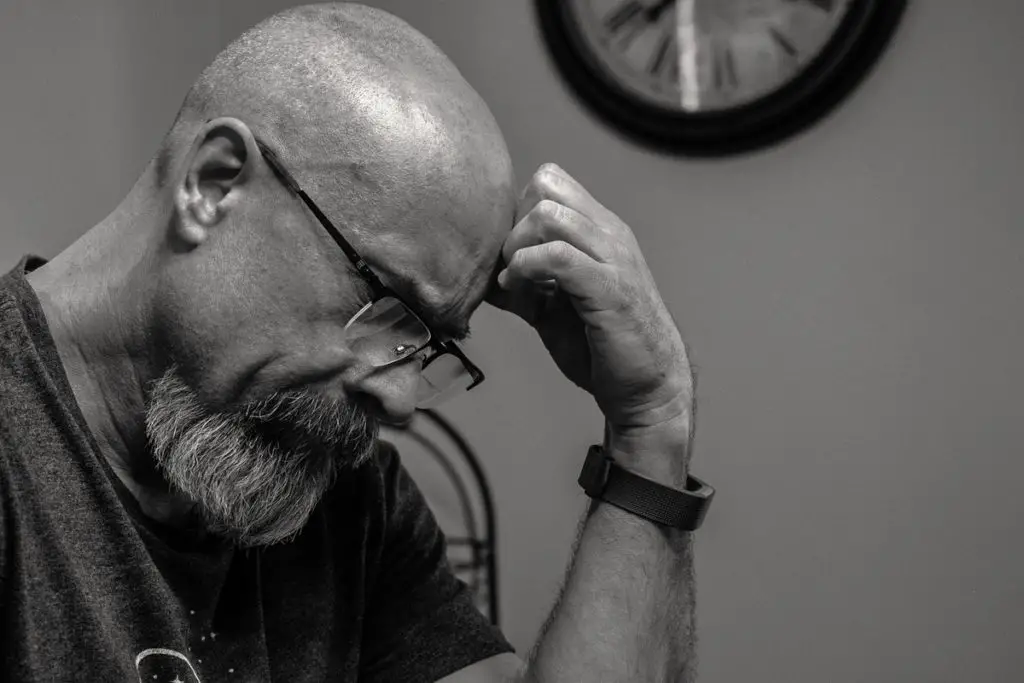
If you’ve noticed that your hair falls off and
sheds, you’ve probably also wondered what happens to that hair. Obviously, we
aren’t all being buried by piles of our own shed hair, so where does it go?
What happens to hair that falls off? Hair shedding is a normal part of the hair
growth cycle. Shed hair is generally quite resilient and does not decompose at
a constant rate and will depend on environmental factors to break down. It’s
broken down by microbes, insects, and other factors, often becoming common
dust.
Thinking about the hair we lose every day
naturally brings up other questions, such as what is considered a normal amount
of hair to shed or what causes hair to fall off in the first place. While some
hair shedding is considered part of the healthy hair growth cycle, there are
some instances where the hair loss is excessive and requires our intervention
in order to prevent further loss.
Where Does All The Hair I Shed Go?

It is normal to shed between 50 to 100 hairs a
day, according to the American Academy of Dermatology. Hair goes
through a natural cycle of growth, rest, and shedding. Any loss of more than
this average amount of hair can be considered abnormal and may need
intervention to resolve.
Hair is made up of a protein called keratin.
Keratin is fairly strong and resistant to decomposition. The rate at which it
decomposes varies depending on the environment and other factors such as
bacteria and organisms present to help break it down. Because of its protein
structure, keratin is also resilient against water, which makes sense when you
think of how often hair can clog a drain.
Insects such as dust mites can also aid in the
hair decomposition process. Whether we want to admit it or not, dust mites are
everywhere. They especially love to live in our pillows and beds. Why? Because
dust mites like to eat the hair we shed and dead skin, and we shed these a lot
in our bed while we sleep.
Most shed hair eventually breaks down to form
dust. The shed strands are broken down into tiny fibers which are easily moved
about by air currents. These fibers combine with other local environmental
elements such as flakes of dead skin, lint from clothes, and pet hair, to name
a few, and they create dust.
What Can Cause Hair
Shedding?

Usually, periods of excessive hair shedding
occur when someone has endured a stressful event, either emotional or physical.
These can include:
- Losing excessive amounts of weight
in a short period of time - Pregnancy and childbirth
- Excessive amounts of stress (such
as going through a divorce or being laid off from work) - Sickness, especially if involving
a high fever
The shedding is usually delayed, occurring
several months after the inciting stressor. The good news is that this shedding
is most often temporary and the body will adjust and return to normal within a
few months.
If the stressor is chronic, however, the
shedding may persist until the factor causing the stress is eliminated.
How Do I Prevent Hair From Falling Out?

Does it feel like you are shedding more hair
than usual? Are you noticing more clumps of hair in your hairbrush or in the
drain after a shower that seems like more than the usual 50-100 strands per day
we expect to lose? It might be a good idea to self analyze and try to determine
what might be causing the hair to be shed, as this will help determine how to
prevent further shedding.
If you underwent a stressful experience in the
last several months, even if it was up to six months ago, it might be the cause
of your current hair thinning. If this is the case, the hair shedding will
lessen and return to normal on its own, as long as the stressor is no longer
present.
If you notice patches of irritated scalp, it
could indicate you have an inflammatory condition or even an autoimmune issue.
Consulting with a physician is recommended in these cases.
Most experts agree: if you start noticing hair
thinning, you shouldn’t immediately rush to try all the over-the-counter,
prescription, or home remedy solutions for hair loss. It can be difficult to
determine which treatment is right for you and some home remedies might
actually result in more complications, depending on the source.
Taking certain supplements can help strengthen
your hair and prevent shedding and breakage. A lot of vitamin companies
nowadays sell specific nutrient combinations for hair concerns, often simply
labeling them as “hair vitamins.” Using less heat to style your hair can also
help prevent damage which leads to shedding, so take a break from the flat iron
and blow dryer more often if you can.
Related Article: 17 Ways To Prevent Hair Loss
What Is the Normal Cycle of Hair Growth?

Our scalp is covered by thousands of tiny,
specialized pores called hair follicles. A strand of hair starts growing at the
base of these hair follicles. As the strand of hair grows, more and more
protein cells are created and it results in the strand lengthening and
eventually reaching the opening of the hair follicle and growing outward from
there.
Hair growth can be broken down into three
stages:
- The Growth Phase (also called the Anagen Phase): this is when the hair begins growing at the root in the follicle. This phase typically lasts anywhere between three to seven years.
- The Transitional Phase (also called the Catagen Phase): in this phase, hair growth steadily slows and the hair follicle begins to contract. This phase is usually two to four months long.
- The Resting Phase (also called the Telogen Phase): in the resting phase, the old hair falls out and new hair will begin to grow from the same follicle, as long as nothing is impeding the regrowth. You can expect this phase to last three to four months.
Luckily, all our follicles function on a
different schedule, which is why we don’t shed all our hair at once! Curious
about the anatomy of a hair follicle and wanting to know more about the hair
regrowth cycle? Check it out here.
Is Hair Loss More Common In Men or Women, and Why?

Everyone likely knows at least someone who has either a completely bald head or large bald patches. According to figures from the American Hair Loss Association, that person is more likely to be male. Their research states that 85 percent of men over the age of 50 reports visible hair loss, but it is also noteworthy to recognize that 40 percent of women also report visible hair loss.
According to Medical News Today, the most common cause of hair loss in
men and women is due to a hereditary condition called androgenetic alopecia.
This condition involves a testosterone-based hormone, and since men have more
naturally occurring testosterone, they are more likely to develop this
hereditary abnormality.
Stress and hormones can play a large role in
hair loss, and women especially can be affected by these fluctuations.
Pregnancy causes large variances in hormone levels, thus resulting in excessive
hair shedding. Women are also more likely to use damaging hairstyling practices
involving high heat, such as curling irons, flat irons, and blow dryers which
can damage and break hair.
Hormonal fluctuations occurring after a woman
reaches menopause can also result in general diffuse hair thinning.
Menstruation is also the most common reason women develop an iron deficiency,
called anemia, which can result in hair loss if not resolved.
Hair loss in men is often more noticeable than
hair loss in women. Hair loss in men often appears as a receding hairline,
especially at the temples, resulting in large areas of no hair. Women, however,
often have generalized, diffuse hair thinning, so no one area looks completely
bald, as with men. Because of this, women sometimes are slower to seek
treatment and help than men.
Why Might A Follicle Not Regrow a New Strand of Hair?

There are a handful of reasons why a follicle
might not grow a new hair strand, resulting in hair loss.
In some conditions, the hair growth cycle is
affected by a condition called androgenetic alopecia, also called male
pattern baldness. The hair growth cycle wears out and slows until it eventually
stops producing new hairs entirely. This results in areas of baldness.
Autoimmune diseases can result in the hair follicles being mistakenly attacked by our own immune system. The hair then usually falls out in clumps and occasionally falls out completely.
Hair follicles can also become inflamed. Folliculitis
is the name for inflammation of a hair follicle and it can happen all over your
body, not just on your scalp. It usually causes a rash and can be itchy and
painful.
Stressful life events can essentially shock
the hair follicle and make it prematurely enter the resting phase of the cycle,
thus causing hair to thin and eventually fall out. Usually, this sort of hair
loss is temporary. Scroll down to “What Can Cause Hair Shedding?” in this post
to learn more.




